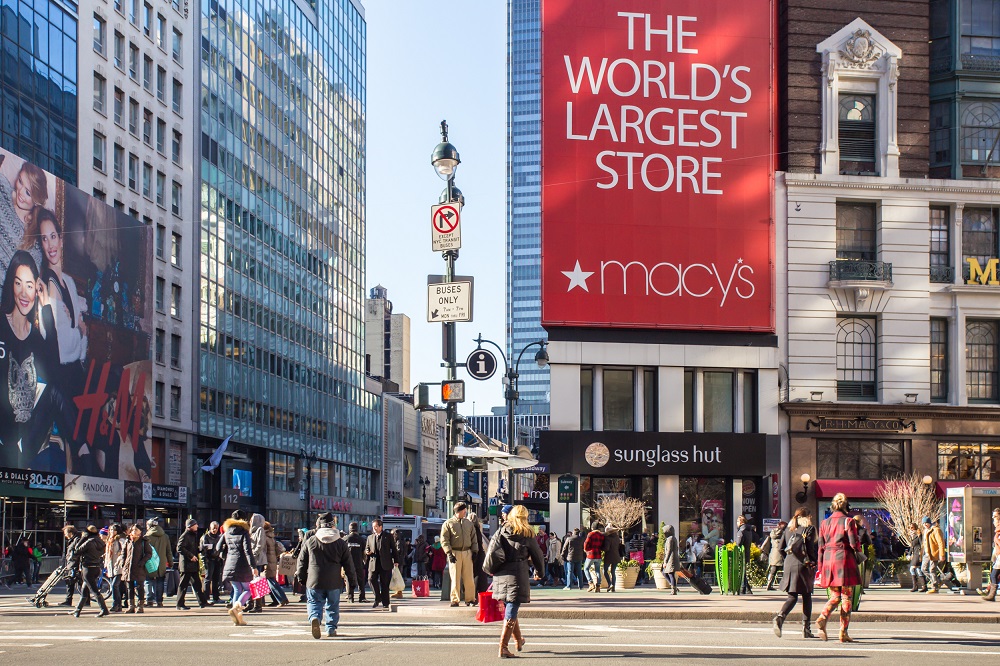Protecting temporary retail workers during the busy holiday rush
For employers in the retail industry, holiday hiring is off to a frantic pace. Retailers hired more workers in October than ever on record — that’s since 1939, when the Bureau of Labor Statistics began keeping track.
While the season offers valuable employment opportunities, temporary workers also face a greater risk of non-fatal injuries than workers who are permanently employed by a company, according to the U.S. Occupational Safety and Health Administration (OSHA). As the Department of Labor points out, “Workers not familiar with this sort of employment, and employers unaccustomed to hiring part-time and/or seasonal employees, may not be fully aware of the regulations surrounding such employment.”
Temporary workers have the same protections as permanent employees. Despite the hectic nature of the season, it’s important for retailers to pause and consider the procedures and responsibilities that will make the holidays safer for everyone.
- Provide temporary employees with the same safety training as their permanent colleagues. This includes receiving site- and task-specific safety and health training, such as the proper way to lift heavy merchandise, move a display or use equipment such as ladders and box cutters. This training should also address emergency situations, such as a fire or robbery, as well as health precautions like the proper way to handle cleaning chemicals.
- This training should be provided before a new employee begins performing any work duties. The injuries and deaths of many temporary workers occurred during the first few days on a new job.
- Check the employee’s comprehension of the health and safety procedures.
- Make sure seasonal workers are aware of their rights, including overtime pay and break times. The retail industry during the holidays is frequently staffed with young workers, who may have limited employment experience.
- If temporary workers are placed through a staffing agency, make sure everyone is clear on who is responsible for what type of training. According to recommendations from OSHA and the National Institute for Occupational Safety and Health (NIOSH), “The tasks that the temporary worker is expected to perform, and the safety and health responsibilities of each employer, should be stated in the agency-host contract and should be communicated to the worker before that worker begins work at the job site.”
- Emphasize “safety first.” With a line of impatient customers, workers can feel pressured to rush when completing a task – like safely retrieving a product from a high shelf. Encourage them to follow proper safety guidelines first and foremost. All employees should also feel that addressing a hazard – whether a blocked exit or a slippery floor – comes before making a sale.
- Create an environment that encourages communication. Seasonal workers should feel comfortable expressing safety-related questions or concerns, particularly if they involve a co-worker or manager.
- Carefully plan “door-buster” sales events, creating a detailed staffing plan and emergency plan, and making sure that all employees understand crowd management procedures.
Category: News, News / New Products, Uncategorized













